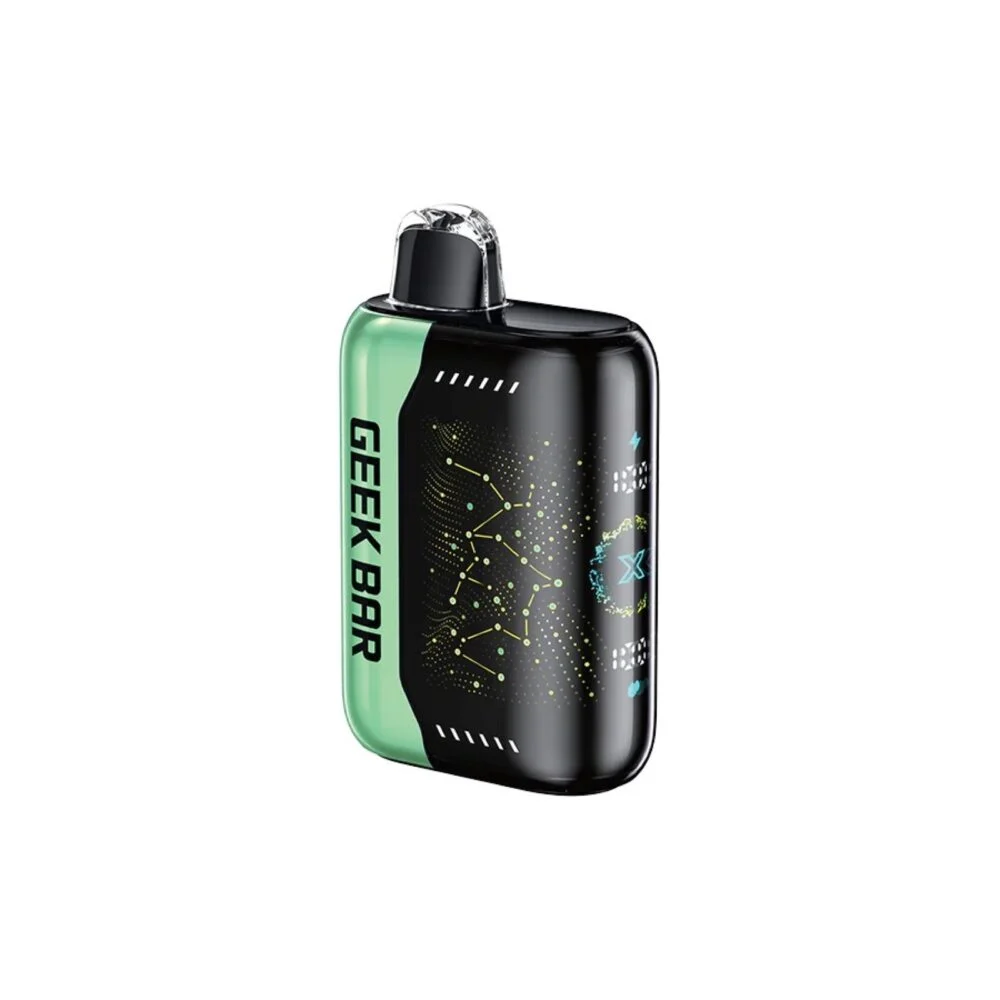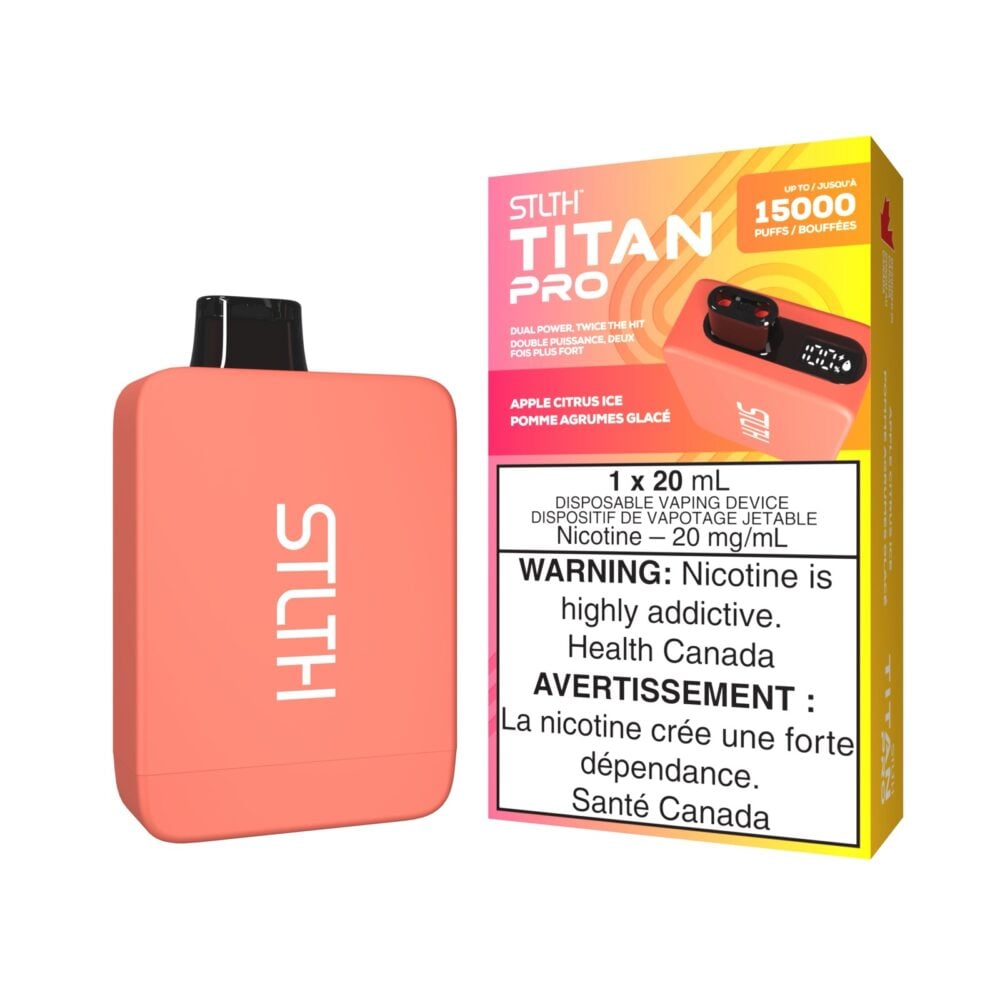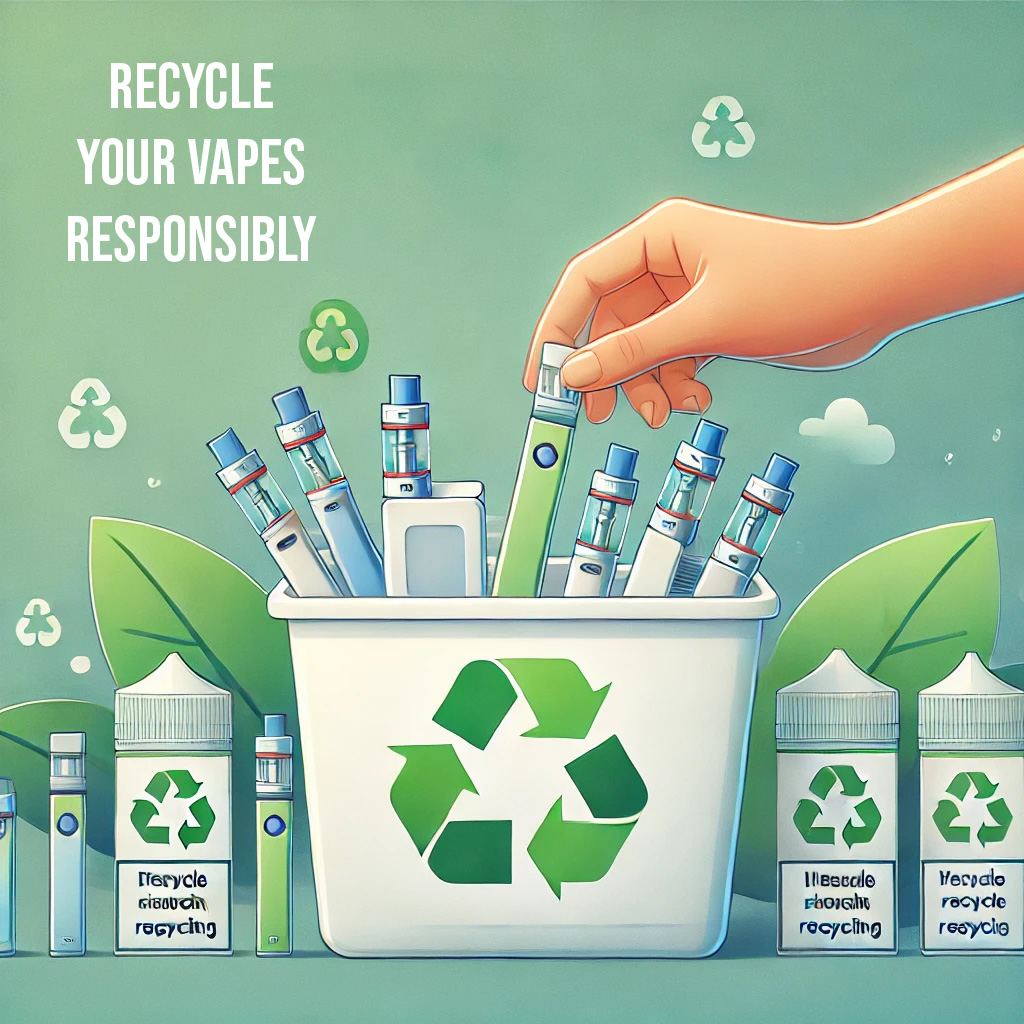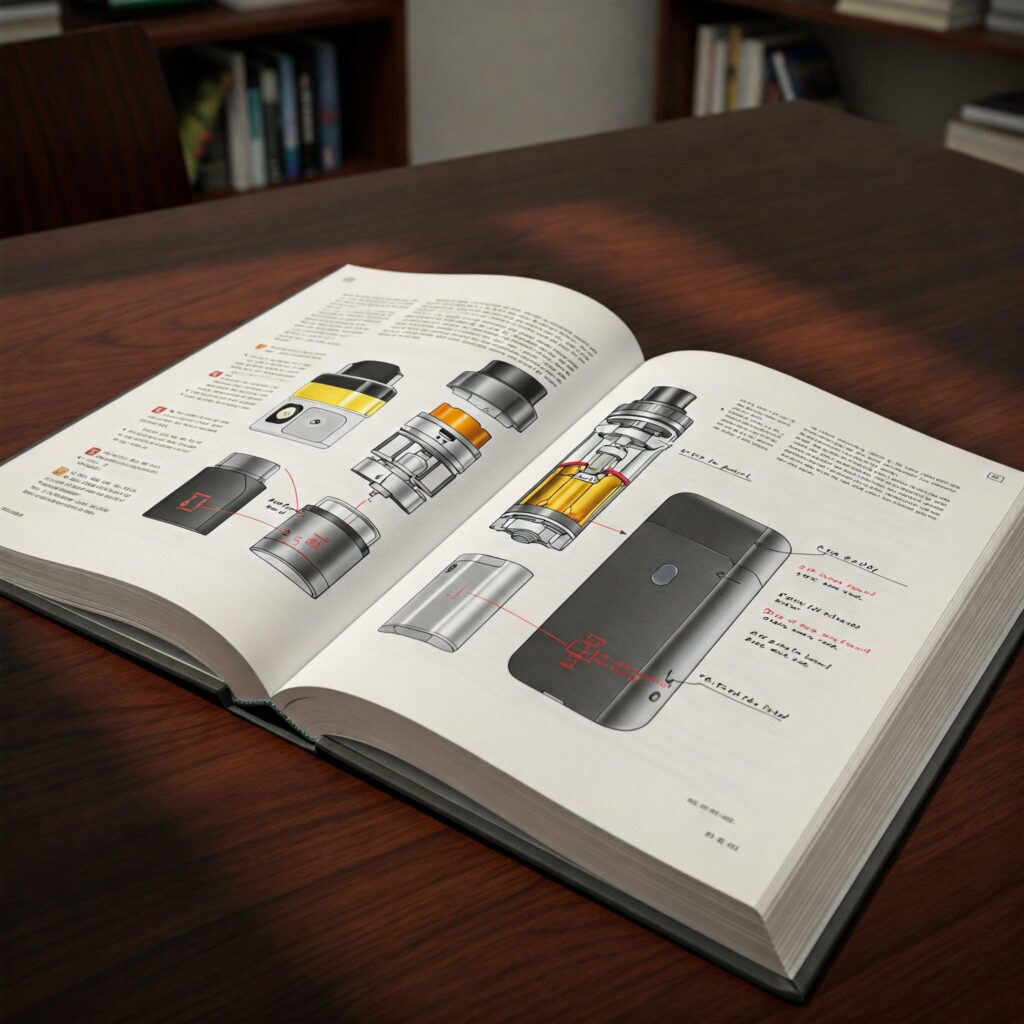- The Power Behind Your Puffs: Why Vape Battery Safety Matters
- Understanding Disposable Vape Batteries: The Basics
- Safety Concerns: What Could Go Wrong?
- Choosing Quality Devices: The Foundation of Safety
- Everyday Handling: Best Practices for Disposable Vapes
- Signs of Trouble: When to Discard Your Disposable
- Proper Disposal: The Final Stage of Vape Battery Safety
- Traveling with Disposable Vapes: Safety on the Go
- The Best Batteries for Different Vaping Styles
- Emergency Situations: What to Do When Things Go Wrong
- Myths vs. Facts: Separating Battery Safety Truth from Fiction
- The Future of Disposable Vape Battery Safety
- Final Thoughts: Balancing Convenience and Safety
The Power Behind Your Puffs: Why Vape Battery Safety Matters
Hey there, fellow vapers! Whether you’re a seasoned cloud chaser or just dipping your toes into the vaping world, we need to talk about something seriously important but often overlooked – battery safety. 😎
I’ve been in the vaping game for years now, and if there’s one thing I’ve learned, it’s that understanding your vape batteries isn’t just about getting more puffs – it’s about keeping yourself safe while enjoying your favorite flavors.
In this comprehensive guide, we’re going to break down everything you need to know about disposable vape batteries – from how they work to how to store them properly and what to do when things go wrong. I’ll also share some recommendations for the best vape pen batteries that won’t let you down when you need them most.
So grab your favorite device, take a seat, and let’s power through this essential knowledge together!
Understanding Disposable Vape Batteries: The Basics
Before we dive into safety tips, let’s understand what we’re working with. Disposable vapes have surged in popularity because they’re convenient – no maintenance, no refilling, just vape and toss. But that simplicity comes with responsibility.©
What’s Actually Inside Your Disposable Vape?
Most disposable vapes contain lithium-ion batteries – the same technology powering your smartphone and laptop. These batteries pack a serious punch in a small package, storing considerable energy to power your device through hundreds or thousands of puffs.
The typical disposable vape battery ranges from 280mAh to 1000mAh or more in newer models. That number (milliampere-hours) represents how much charge the battery can hold – higher numbers generally mean more puffs before the device dies.
The Lifecycle of a Disposable Vape Battery
Unlike rebuildable devices where you can swap batteries, disposable vapes have integrated batteries designed for a single lifecycle:
- Factory Charged: Your disposable comes pre-charged and ready to use
- Active Use: Each puff draws power from the battery
- Depletion: Eventually, the battery depletes completely
- Disposal: The entire device (battery included) requires proper disposal
This single-use nature creates unique safety considerations we’ll explore throughout this guide.
Safety Concerns: What Could Go Wrong?
I don’t mean to sound alarmist, but understanding potential risks is crucial for safe vaping. The main concerns with disposable vape batteries include:
Thermal Runaway: The Science Behind Battery Failures
Lithium-ion batteries can experience something called “thermal runaway” – a chain reaction where the battery temperature rises uncontrollably. This can happen due to:
- Physical damage to the battery
- Exposure to extreme temperatures
- Manufacturing defects
- Internal short circuits
When thermal runaway occurs, the battery can vent hot gases, catch fire, or in rare cases, explode. Not exactly what you want happening in your pocket or bag!
Real-World Risks
While serious incidents are rare when compared to the millions of disposables used daily, they do happen. Most commonly, users experience:
- Devices getting unusually hot during use
- Battery leakage
- Premature failure
- Unusual odors or sounds
- In severe cases, fires or minor explosions
I personally know someone who had a disposable vape overheat in their car during a hot summer day – thankfully they noticed before any serious damage occurred, but it was a wake-up call about proper storage.
Choosing Quality Devices: The Foundation of Safety
Your safety journey begins with selecting quality products. While the market is flooded with options, not all disposables are created equal.
Identifying Reputable Brands
Stick with established brands that have:
- Track records of safety compliance
- Clear manufacturing standards
- Authentic verification methods
- Transparent ingredient listings
Verified retailers like Vapeloft.com play a crucial role in consumer safety by thoroughly vetting every vaping brand before it reaches their shelves, providing an additional layer of quality assurance for customers.
Additionally, VapeLoft prioritises authentic and established brands such as Geek Bar, Vice Disposables, and STLTH to ensure customers receive disposable pods with reliable, high-quality batteries. You can have a look at some of them here 👇
Red Flags to Watch For
Be wary of disposables that:
- Are priced significantly below market average
- Have inconsistent or sloppy packaging
- Lack proper labeling or manufacturer information
- Don’t include safety certifications
Remember: When it comes to vaping, bargain hunting might save you a few dollars but could cost you in safety. This is especially true when looking for good vape pen batteries in rebuildable devices.
You can read our handbook to help you identify fake vapes here:
Everyday Handling: Best Practices for Disposable Vapes
Now that you’ve chosen a quality device, how you handle it day-to-day makes a huge difference in safety.
Temperature Management
Your disposable vape’s worst enemies are extreme temperatures:
Heat Exposure
Never leave your vape:
- In a hot car (interior temperatures can exceed 140°F/60°C)
- In direct sunlight for extended periods
- Near heating elements or radiators
- In pockets close to your body for prolonged periods during hot weather
Heat doesn’t just reduce your battery life – it can damage the battery’s internal structure and increase failure risks.
Cold Exposure
Extremely cold temperatures can also damage batteries by:
- Reducing their efficiency
- Potentially causing condensation when brought into warm environments
- Making the battery materials more brittle
I learned this lesson the hard way after leaving a disposable in my car overnight during winter – it never worked quite right afterward!
Physical Protection
Treat your disposable with care:
- Avoid dropping or crushing the device
- Don’t carry it loosely with keys or coins that could cause damage
- Consider using a small protective case if you’re active
- Never force connections or components
Usage Patterns
How you use your disposable affects battery safety:
- Take breaks between puffs to prevent overheating
- Watch for devices getting unusually warm during use
- Don’t continue using devices that produce burnt tastes (could indicate a coil/battery issue)
- Be cautious of chain-vaping for extended periods
Signs of Trouble: When to Discard Your Disposable
Even the best vape pen batteries eventually reach their end. With disposables, knowing when to say goodbye is essential for safety.
Warning Signs You Shouldn’t Ignore
Discard your disposable immediately if you notice:
- Any physical damage to the device
- Leaking fluids
- Unusual odors (particularly chemical smells)
- The device becoming excessively hot
- Strange noises like hissing or crackling
- Dramatic changes in vapor production or flavor
- Battery swelling or deformation
The Puff Count Conundrum
Many disposables advertise specific puff counts (like 1500+ puffs), but these are estimates under ideal conditions. In reality:
- Your puffing style significantly impacts battery life
- Longer, deeper draws deplete batteries faster
- Environmental conditions affect performance
When your device starts producing noticeably less vapor or flavor changes significantly, it’s likely reaching the end of its battery life.
Proper Disposal: The Final Stage of Vape Battery Safety
This might be the most overlooked aspect of disposable vape safety, but it’s vitally important for both personal and environmental safety.
Why Special Disposal Matters
Disposable vapes contain:
- Lithium-ion batteries that can cause fires in regular trash
- Electronic components that may contain heavy metals
- Residual e-liquid that could be harmful to wildlife
Responsible Disposal Options
- E-Waste Collection Points: Many communities have designated e-waste collection sites
- Battery Recycling Programs: Check if local stores (like Best Buy or Home Depot) accept batteries for recycling
- Vape Shop Take-Back: Some vape retailers offer collection services
- Manufacturer Programs: A few leading brands have introduced recycling initiatives
Before disposal, if possible:
- Run the battery until completely depleted
- Separate components if the device allows it (though most disposables don’t)
- Follow local regulations for e-waste disposal
Traveling with Disposable Vapes: Safety on the Go
If you’re taking your vapes on the road, there are additional safety considerations to keep in mind.
Air Travel Regulations
When flying with disposables:
- Always pack them in your carry-on baggage, never in checked luggage
- Be aware that most airlines and aviation authorities prohibit using vapes on aircraft
- Check specific airline policies before traveling
- Consider that some countries have strict vaping regulations or bans
Road Trip Safety
During long drives:
- Never charge rechargeable vapes using unverified car adapters
- Don’t leave devices in a hot or cold car for extended periods
- Secure vapes to prevent them from rolling around or getting damaged
- Be aware of varying vaping laws when crossing state or country borders
I once had to discard an expensive device at airport security because I didn’t research local regulations before traveling internationally – learn from my mistake!
The Best Batteries for Different Vaping Styles
If you’re using refillable devices alongside disposables, choosing the right battery becomes even more important. Here’s a breakdown of what to look for in the best battery for carts and pod systems.
For Heavy Users
If you’re constantly vaping throughout the day:
- Look for batteries with 800mAh capacity or higher
- Prioritize devices with overcharge and short-circuit protection
- Consider batteries with remaining charge indicators
- Invest in brands known for battery longevity
For Occasional Users
If you vape less frequently:
- Smaller 350-650mAh batteries may be sufficient
- Look for devices with automatic shutoff features
- Consider batteries with lower standby power drain
- Prioritize compact size over maximum capacity
For Flavor Chasers
If you’re all about taste:
- Look for good vape pen batteries with precise temperature control
- Consider batteries that offer consistent output throughout their charge cycle
- Prioritize devices designed to prevent dry hits
For Cloud Producers
If you love creating big clouds:
- Higher-capacity batteries (1000mAh+) will provide the power needed
- Look for batteries with sub-ohm compatibility
- Consider devices with adjustable voltage/wattage
- Prioritize batteries with higher continuous discharge ratings
Emergency Situations: What to Do When Things Go Wrong
Despite all precautions, emergencies can happen. Knowing how to respond can prevent injuries and property damage.
If Your Device Overheats
- Stop using it immediately
- If possible, place it on a non-flammable surface
- Don’t touch it with bare hands if it’s extremely hot
- Move away and monitor from a safe distance
- Allow it to cool completely before handling
If Your Device Is Smoking or On Fire
- Don’t use water – lithium batteries can react violently with water
- If safe to do so, cover with sand, dirt, or a fire extinguisher rated for electrical fires
- Move away to avoid inhaling toxic fumes
- If the situation escalates, evacuate and call emergency services
If Battery Fluid Contacts Skin or Eyes
- Rinse the affected area thoroughly with clean water for at least 15 minutes
- Remove any contaminated clothing
- Seek medical attention, especially for eye exposure
Myths vs. Facts: Separating Battery Safety Truth from Fiction
There’s a lot of misinformation out there about vape batteries. Let’s clear things up:
Myth #1: “All disposable vapes are basically the same.”
Fact: Quality, safety features, and battery specifications vary significantly between brands and models.
Myth #2: “It’s fine to charge a ‘disposable’ vape if you find a way to connect it.”
Fact: Recharging disposables that aren’t designed for recharging must be avoided at all cost. Attempting to do so bypasses safety mechanisms and can be extremely dangerous.
Myth #3: “Vape batteries only explode if they’re damaged.”
Fact: While damage is a common cause, overheating, manufacturing defects, and improper charging can also lead to failures in otherwise intact batteries.
Myth #4: “You can tell a battery is about to fail.”
Fact: While there are often warning signs, some battery failures occur with little to no advance indication.
Myth #5: “Disposable vapes are worse for the environment than rebuildable ones.”
Fact: While disposables do create more waste per use, the environmental impact depends on many factors including proper disposal and how long rebuildable devices are kept in service.
The Future of Disposable Vape Battery Safety
The industry continues to evolve, with several promising developments on the horizon:
Emerging Safety Technologies
- Smart circuits that better regulate temperature and prevent overheating
- Improved battery composition with more stable chemistries
- Better insulation and protection against physical damage
- Enhanced power management for more consistent performance
Regulatory Changes
Many regions are implementing stricter safety standards for vaping products, including:
- Requirements for third-party safety testing
- Standardized battery specifications
- Improved labeling and warning requirements
- Extended manufacturer responsibility for recycling
Final Thoughts: Balancing Convenience and Safety
As I wrap up this guide, I want to emphasize that while disposable vapes offer incredible convenience, they come with responsibilities. The best vape pen batteries and devices are those you can use with confidence and peace of mind.
Remember that battery safety isn’t just about protecting yourself – it’s about protecting others around you, property, and our environment. A few simple precautions can make all the difference.
Whether you’re using disposables exclusively or mixing them with refillable systems, the principles remain the same: buy quality products, handle them properly, stay alert for warning signs, and dispose of them responsibly.
I hope this guide helps you enjoy your vaping experience safely. Keep cloud chasing responsibly, friends! 💨
Important Safety Disclaimer: This guide is provided for informational purposes only. Always follow manufacturer instructions, local regulations, and age restrictions regarding vaping products. Vaping products contain nicotine, which is addictive and may be harmful to health. Products are intended for adult use only (21+ in most regions). Consult healthcare professionals before using any nicotine products.












